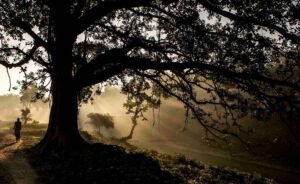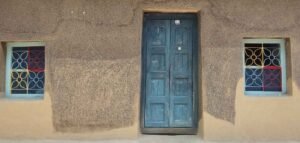8 Reason What Makes Winter So Special in Bangladesh The...
Read MoreThe Beauty and Struggle of the Lives of Bandarban Mountain People
It’s as if the Almighty Himself has crafted Bandarban with His own hands, blending the beauty, colors, and splendor of nature into one breathtaking masterpiece.
The fragile hills, rolling terrains, jhum cultivation, livestock rearing, hunting, fruit farming, and deep-rooted bonds of kinship—all together weave the story of a resilient life in the hills.
The Beauty and Struggle of the Lives of Bandarban Mountain People
Hill after hill, lush green forests, and playful clouds drifting by—everything here feels wrapped in a magical charm, like a piece of heaven on Earth. It’s as if the Almighty Himself has painted Bandarban with His own hands, blending nature’s beauty, colors, and grandeur into one magnificent canvas.
The rugged hills, the undulating slopes, jhum farming, livestock rearing, hunting, fruit cultivation, and deep familial ties—all of these define the resilient life of the hill communities.
In today’s episode of Bangladesh Wonders, we’ll dive deep into the everyday life and struggles of the indigenous people living in the heart of Bandarban. So let’s begin the journey.
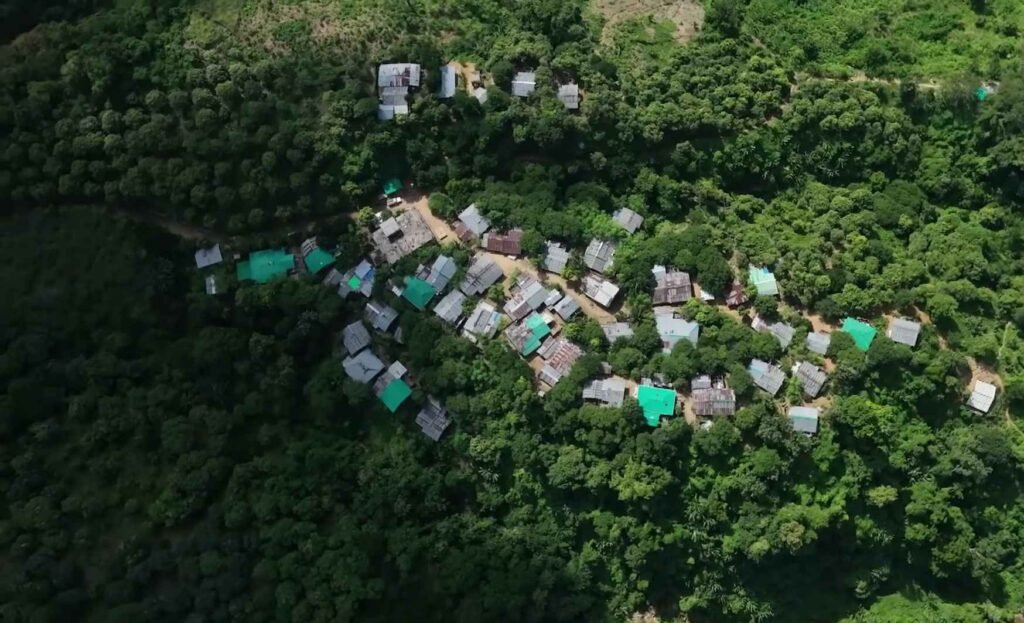
Nilachal, Bandarban
Wrapped in a vibrant natural cover, the hilly region of Bandarban feels like a wonderland that pleases the eyes and soothes the soul. Located in Milonchhori near Bandarban Sadar, the famous Tiger Hill rises 1,700 feet above sea level and is home to one of the most iconic tourist spots—Nilachal.
Nilachal is considered one of the best viewpoints to experience a bird’s-eye view of the entire Bandarban landscape. Tourists not only from across the country but also from around the world make it a point to visit Nilachal when in Bandarban.
Surrounded by breathtaking beauty, visitors often spend hours here capturing the scenery through their lenses. Alongside offering scenic entertainment, Nilachal also boasts impressive infrastructure for exploring rows of mystical hills and stunning geological diversity.
Bom people
The Bom people, also known as “Tongtha” meaning hill dwellers, are one of the 11 indigenous communities in Bandarban.
They are known for their unique tradition of building elevated houses on stilts, known as machang houses.
The name “Bom” comes from Bomzaw, meaning “connected” or “united,” as the Bom people were formed through the merging of two ethnic groups—Panghoy and Sunthla.
The Bom are highly self-reliant
They weave traditional garments using waist looms tied around their waists. While they used to produce clothes only for themselves, they now also sell them for extra income.
“Bom” symbolizes unity—whether it’s in daily work, meals, religious practices, or cultural expressions like dance and song, everything is done together, in harmony.
Golden Temple
In Balaghata, Bandarban, the famous Golden Temple shines brightly atop a 300-foot-high hill.
Officially known as Maha Sukh Prarthana Pura Buddho Dhatu Jadi, this 80-foot-tall temple is one of the most significant pilgrimage sites in the country for followers of the Hinayana or Theravada branch of Buddhism.
This captivating structure is built in the architectural style of Southeast Asia. Surrounding the circular stupa are numerous Buddha statues, each displaying different mudras (symbolic hand gestures).
A bell made of eight metals rings out during prayer time, signaling moments of devotion. About 7 kilometers southeast of the Buddha Dhatu Jadi stands the 175-foot-high Ram Jadi, another notable Buddhist monument.
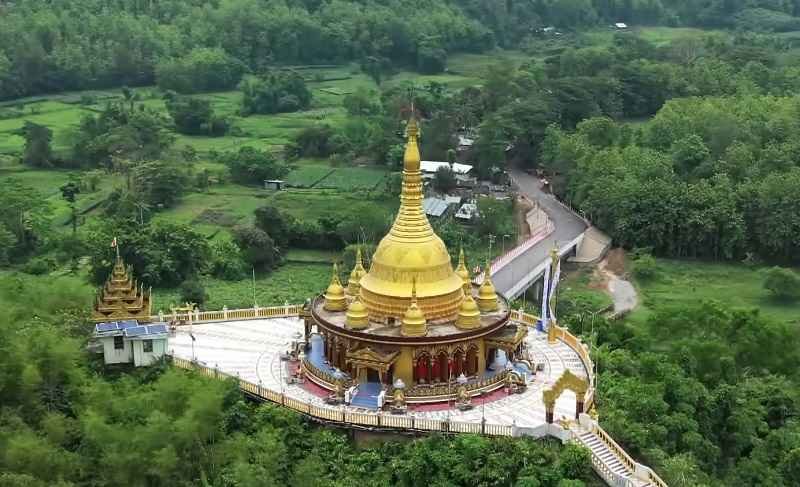
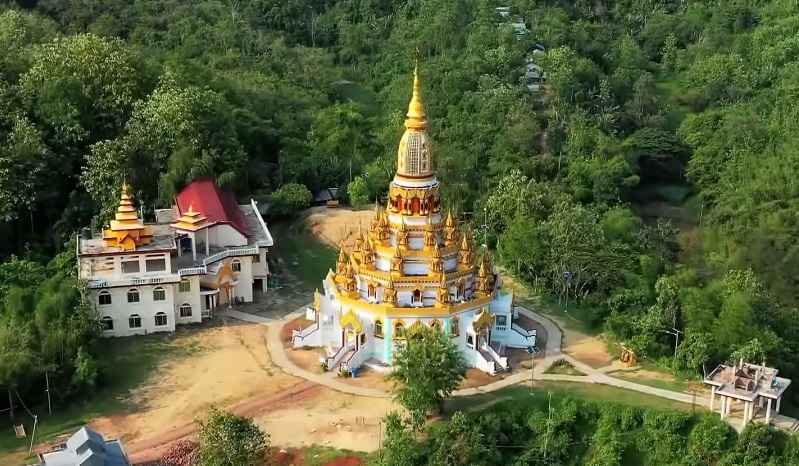
Tongchonga Tribe
In the hilly terrains of Bandarban, the most suitable vehicle for travel is the traditional Chander Gari (moon car). Along both sides of these winding roads live the homes of the Tongchonga people.
They are highly skilled in crafting various household and utility items from bamboo. This craftsmanship is passed down through generations as part of their cultural heritage.
A distinctive trait of these indigenous communities is their emphasis on cleanliness.
The Tongchongas belong to the Mongoloid ethnic lineage and are known for their gentle, humble, and straightforward nature.
They wear both traditional and modern clothing. Most of their daily food comes from jhum (slash-and-burn) farming and foraging in the hilly forests.
The Tongchongas are very cheerful by nature and love playing games. They enjoy traditional games with charming names such as Ghila, Goyang, Utti, Angi, Khabam, and Chamuk, reflecting their vibrant cultural heritage.
Jhum Cultivation
Without causing any harm to nature, they grow crops using the traditional method of jhum (slash-and-burn) cultivation. They collect their year-round food from these jhum fields.
A variety of crops—such as paddy, cotton, mustard, and turmeric—are grown together in the same plot. Since jhum cultivation is their main livelihood, the farmers are known as jhumia or jummu.
Although all the seeds are sown together, different crops mature at different times. Alongside mangoes, jackfruits, and pineapples, bananas are also cultivated in abundance.
Nearly 77,000 metric tons of these heavy, hill-grown bananas are supplied to markets each year from the hills of Bandarban. The region also produces over 50,000 tons of jackfruit annually.
Carrying heavy jhum crops on their backs, climbing uphill with measured breath and conserved strength—the jhumias have mastered this technique well.
Since no chemical fertilizers or pesticides are used, the fruits and vegetables of the hills are highly valued across the country.
The tender shoots of bamboo, known as bamboo shoots, are a favorite vegetable among the hill people. Before sending them to market, the outer layers are peeled off.
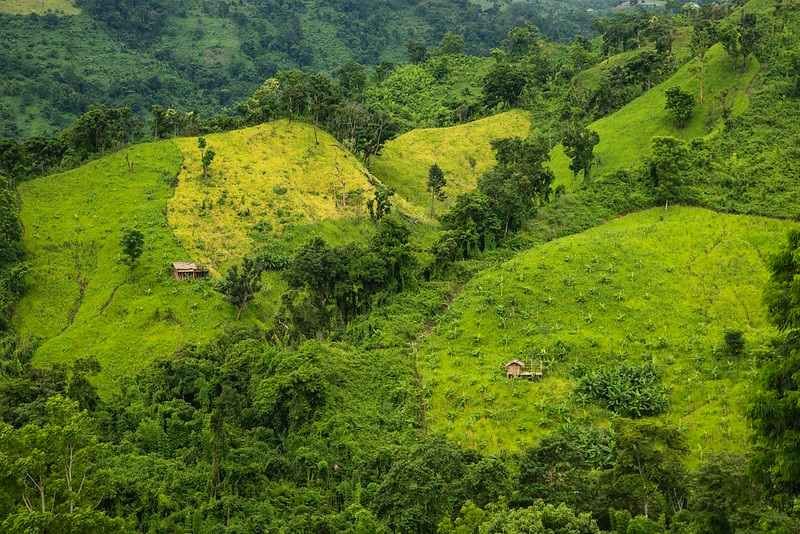
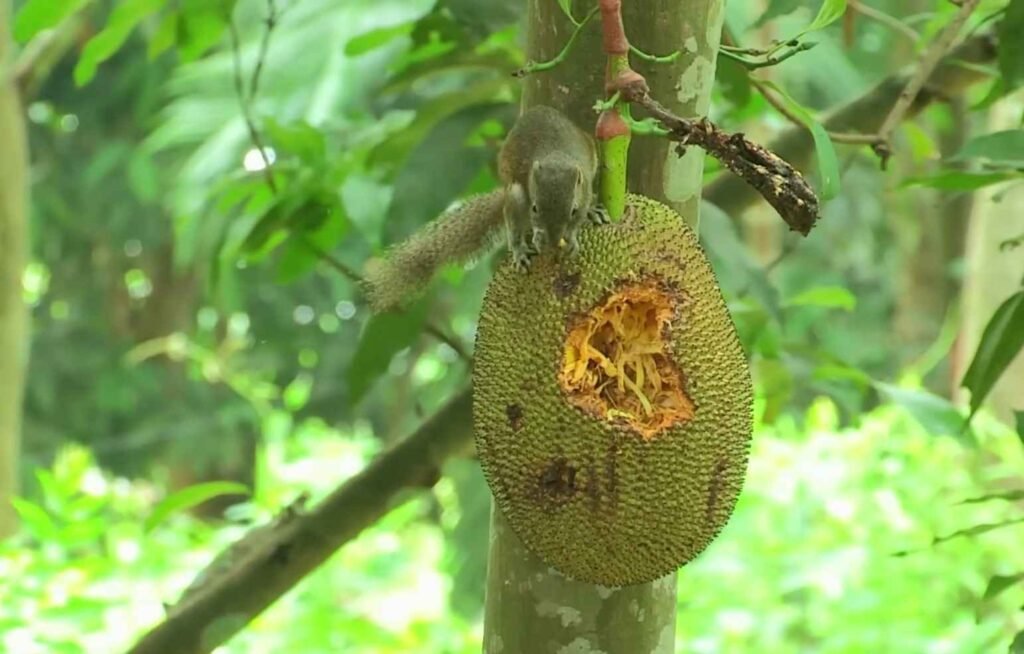
Murong Tribe
Following tradition, the Murongs usually build their villages facing east with a distant river in view. They too belong to the Jhumia or Jummu group of people.
To avoid disturbances from wild animals, snakes, or frogs, the Murongs build their houses on high bamboo stilts. Some call them Mru, Mu, or Murong, but they refer to themselves as Marusa, meaning human.
They call their stilt houses “Kim”. Typically, they build their homes themselves. Every house includes a veranda called Tasar.
Cooking and eating take place in a room called Kim Tong. Rice with fish or meat curry is the daily favorite food of the close-knit Murong families.
Khiyang and Marma Tribes
Like other indigenous groups, Khiyang women are very hardworking. Their family structure is patriarchal, but it’s the women who hold the household together.
The Khiyang people are skilled in handicrafts. Collecting firewood from forests is one of the key tasks of Khiyang women. They traditionally stockpile this firewood, called “Heo“, at home.
Most of the Khiyang and Khiyangtha tribes build their homes along riverbanks. Another name for them is Marma.
Conclusions
The Marma diet includes some unique items, such as snails. Using thin bamboo strips, they weave traditional baskets called “Noukhai“, which are used for carrying jhum crops and various other purposes.
Although the indigenous communities of Bandarban have historically lagged in education, interest in schooling is steadily increasing. As a result, the number of students and schools is also on the rise.
Culture of Bangladesh: A Journey Through Traditions & Heritage
Culture of Bangladesh: A Journey Through Traditions & Heritage ...
Read MoreMud House Bangladesh: Rural Beauty of Narsingdi
The Allure of Mud House Bangladesh: Discovering the Rural Beauty...
Read MoreThe Origins And Natural Beauty of Saint Martin Island
The Origins And Natural Beauty of Saint Martin Island Explore...
Read More